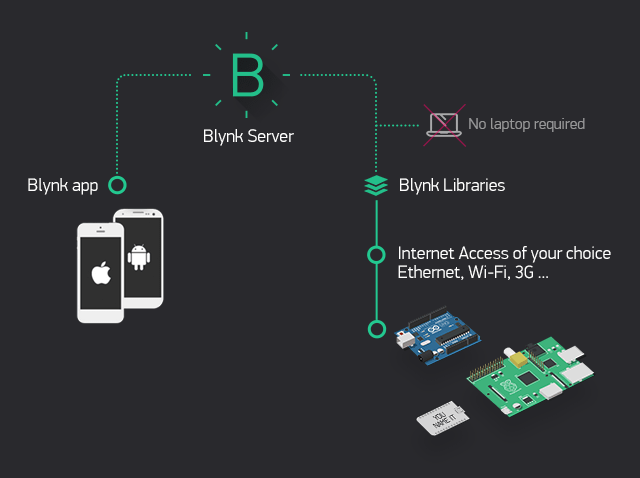For this week's interface application and programming exercise, I was hoping to develop the app, which would be used for controlling my final project lamp. In theory, thanks to a bluetooth module, I would be able to communicate via bluetooth with the lamp, thus controlling the movement and having the ability to manipulate light control.
First off, I began by looking through the How to Make Almost Anything archive, in search of similar projects with helpful guides. I was ideally looking for bluetooth related projects with iOS interfaces, though was having trouble finding the information I wanted. Instead, I found countless resources for HC-O5 and HC-06 modules, which would complement Android devices nicely, but not iOS.
In searching, I reaffirmed my hunch that a different module was necessary. I would likely need a BLE device such as an HM-10.
For context, BLE is a newer generation technology than Bluetooth Classic. Its a differentiated system because of its uses. BLE is designed for low energy applications and achieves this by sending infrequent packages of data.
BLE can talk to each other as Broadcaster and Observer or Central and Peripheral. The HM-10 has the ability to do both of these.
The HM-10 is an affordable solution, developed by Jinan Huamao. It has a UART layer, making it more conducive to using with Arduino.
Regarding app-building programs, I had initially read up on MIT App Inventor, however, had not realized until much later that this was also not iOS friendly. This is a program that helps to develop app functionality without super intensive computational work.
In frantically looking for other options that would work with iOS, I discovered Blynk. Blynk is a platform that works across both iOS and Android devices, intended for quick and easy control of Arduino, Raspberry Pi and the likes over the internet or more recently through other means.
Blynk appears to be a complete game changer and is truly intuitive. It has a pre-built graphic user interface, which can allow you to modify and iterate through ideas in seconds.
For this week, I got an order rolling for the HM10 and also built a quick app sketch via Blynk to apply alongside my final project. Through this Blynk interface, I should be able to toggle the lamp on and off, along with also raising and lowering.

